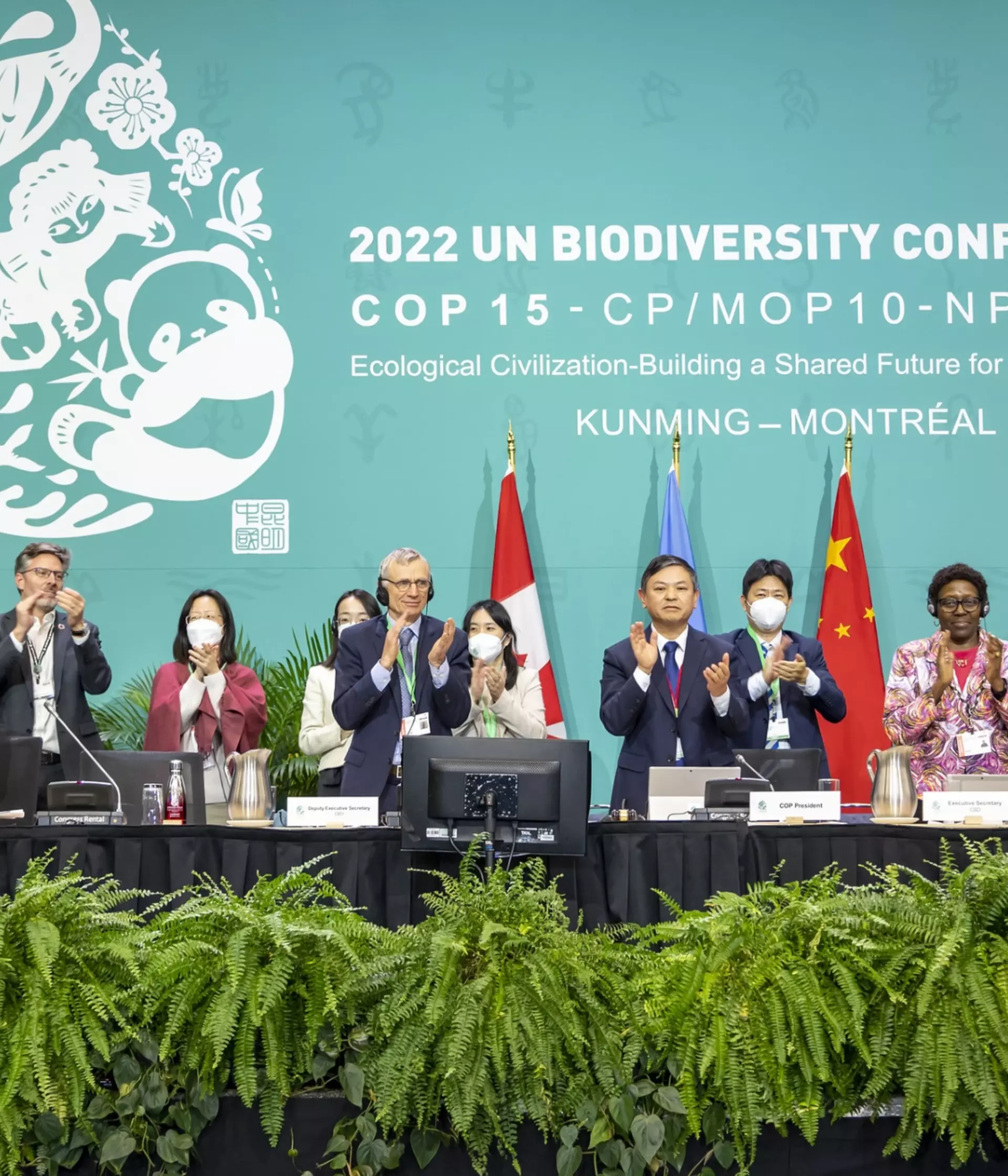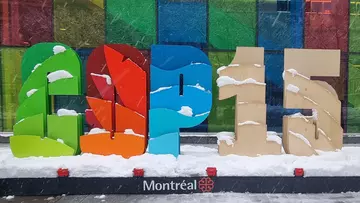
ZSL
Zoological Society of London
“It’s not perfect - but it’s meaningful progress”
Urgent negotiations to tackle the biodiversity crisis have finally concluded – Director of Conservation and Policy, Andrew Terry, reflects on the Convention on Biological Diversity Conference (COP15) and what it means for nature.

Phew, what a couple of weeks that was. It has taken almost four years, but at 4am on 19 December, in a snowy Montreal, Canada, 188 parties agreed a new Global Biodiversity Framework (GBF).
It very nearly didn’t happen. Going into the Conference, leaders and NGOs had equally been ramping up its ambitions; in fact, this was one of the most over-used words of the negotiations. We all exclaimed that this much-delayed COP was to be the ‘Paris Moment’ for nature; signalling the transformative deal that was needed. Instead, it almost became the Copenhagen moment for nature, referring to the failed climate negotiations held in the Danish capital in 2009.
As ZSL’s Senior Policy Specialist Bethan Laughlin’s midway account of COP15 highlights, by week 2 of the conference, much of the content lay in ‘square brackets’, the grammatical tool used to identify text that is not agreed by parties. At the start of COP15 on 6 December, there were over 1,400 sections of square brackets. This was after a dedicated workshop had been organised before COP to remove as many of these as possible. What was becoming increasingly clear was that negotiators would not let ambition get in the way of sticking to their brief. Late night sessions would argue about detailed wording, line by line in the text. It seemed that the Parties were not going to step up to the challenge of compromising to get a genuinely transformative deal across the line.
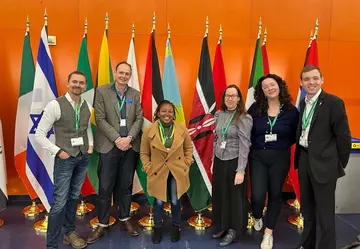
Key sticking points remained throughout; mainly around funding. Developing countries wanted more money on the table and a dedicated new fund to be created for the implementation of the GBF. For the EU and many of its member states, this was a red line they wouldn’t cross. Various approaches were used by the Chinese presidency of the conference, having Heads of Delegations negotiate directly; pairing countries together – Rwanda and Germany were the lucky ones who got to discuss finances – and then finally drafting text themselves. As we moved towards the scheduled end of the COP, increasingly NGOs and Parties started wondering whether no deal was better than any deal. Where would it end up?
While these negotiations were running, there was a whole other side to the proceedings – the side events. This was much more like a trade show for conservation. The conference attracted record numbers of private sector and financial institutions to discuss the future of nature financing including biodiversity credits, sovereign debt relief, trust funds, NFTs and blockchain for nature. Keeping up with the pace of this development is near impossible, but it really signals how industry is taking note and where some of the opportunities to unlock future finance may lie.

The opportunity to sit with partners, donors and stakeholders in the corridors was invaluable. There is no way to replicate the access one gets to key partners and supporters. This even included the UK delegation, and ZSL’s former Director General Dominic Jeremy - as he was supporting UK Ministers at the COP. The side events also arguably play an important role in motivating the maintaining of momentum in the negotiations and are a space for some much-needed inspiration amid the long hours of negotiations.
As the side events wound down, the snow arrived and kept everyone in the venue. The huge police presence outside amused themselves building snowmen (as did many of the delegates, including our own team) and negotiations started to go down to the wire.
But they got there, despite the need for careful politics between negotiators right up to the very last moment to get the GBF over the line. The output we have is a new framework for the Convention that has agreed a new vision and mission, a set of 4 goals and 23 targets, with a series of documents on specific issues and the monitoring framework. So, a lot of ground was covered. Significant progress was made in setting up a new mechanism on how to share the benefits from genetic information that has been stored digitally. New resources were committed and pledged by wealthy countries as well as private institutions – nothing like the amount needed, but a major step forward, with countries ramping up support by 2025.
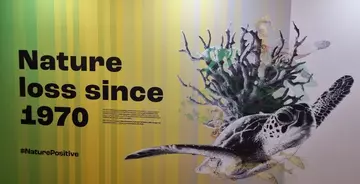
One of ZSL’s key goals had been to secure the Living Planet Index (LPI) as a global headline indicator for nature. Sadly, this was not possible, despite the valiant effort of many Country Parties and NGOs. We were part of a positive and successful coalition of NGOs – the Friends of Species group – including RSPB, Birdlife, WWF and others – that worked across the goals and lobbied hard for the LPI. However, it was kept within the zone of being a Component Indicator, which means it is important but not compulsory for countries to use when reporting. However, this gives us a strong mandate to develop the LPI, support countries to establish national LPI metrics and promote it as a key global reporting tool; all things we will be taking forward.
What is our final assessment of the GBF and what does this hold for the future? Well, it’s definitely not perfect by any means. Milestones were watered down, key phrases and commitments were taken out, wording became increasingly vague. But the framework also contains strong references to restoration, reversing species declines and enabling change. The work on digital sequencing is transformative and if the right mechanism can be created, the financial benefits would be huge. Much will rely on how quickly some of the uncertainties can be ironed out and new mechanisms created, so that the next COP in Turkey in 2024 can focus on implementation.
These frameworks and texts are important because they provide the basis for all stakeholders, particularly the private sector, to engage. They provide clarity about what and how issues are prioritised and help create the tools that will enable finance to flow. So as negotiators leave Montreal, they will do so in the knowledge that something meaningful, if not transformational, was agreed.
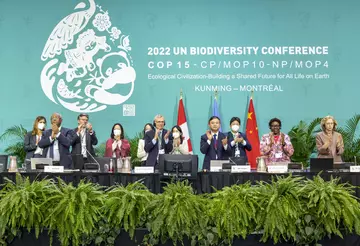
COP 27, followed by COP 19 in Panama in November and COP15 in Montreal in December, will together put a much-needed spotlight on the decline in global biodiversity.
But without coordinated nature-based policies in place across the world, animals will continue to go extinct, ecosystems will continue to break down and climate change will continue to change life on earth as we know it.
It is vital that governments commit to using nature-based solutions - rooted in science from ZSL and organisations like it - to tackle the combined threats of climate change, biodiversity loss and public health crises.
It is with science that those in power must start: throughout conference season, ZSL is calling for world leaders to put nature at the heart of all global decision-making to better protect ecosystems, wildlife and the communities who rely on them.
Support ZSL's global science and conservation work and find out more
Climate change and human activity have pushed our precious planet to its limit, causing the devastating loss of so many habitats and species. From lab to field, hands on and behind the scenes, we’re leading the future of conservation, shaping agendas and influencing change to support better life, health and living for people and wildlife.
